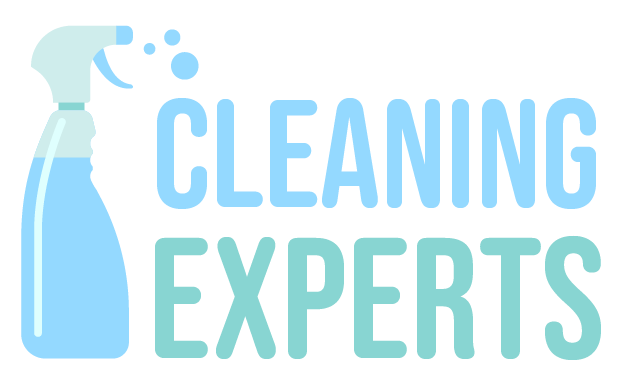How A Swimming Pool Is Cleaned
When swimming pools aren’t regularly cleaned, bacteria that are harmful to humans can develop in the water. The cleaning process can be divided in three parts – manual cleaning, filtration and chemicals, which can make the pool water safe for swimming.
Chemicals
To kill those bacteria, a system must be used. The most popular chemical used in swimming pools for that purpose is chlorine. The majority of public and residential pools are sanitized with chlorine, according to the Water Quality and Health Council.
Another chemical that is used to clean swimming pools is Baquacil. It is sometimes preferred, as it tends not to irritate the eyes as chlorine does.
For those who don’t like chemicals that much, there are salt water pools. They work using a salt water generator that is installed in the pool. The machine breaks down electrolytically the salt, making a hypochlorous acid, acting as a sanitizer.
Regardless of which type chemical disinfectant is used in the pool, there must be pH additives used in the water to keep it at optimum levels so the other chemicals can work.
For those who don’t want any chemicals at all, there is the natural alternative. Natural swimming pools have aquatic plants and fish that clean the pool water.
Filtration
An inseparable part of the swimming pools are the pump and the filter. The pool water is pumped through the filters, which contain diatomaceous earth or zeolite sand that traps small particles and debris in the water. They stay in the filter, and the now clean water is returned to the pool. A swimming pool pump and filter have to run for 6-8 hours a day to successfully clean the entire pool.
Manual Cleaning
Even if you use both of the above systems, the pool still needs manual cleaning. Leaves, feathers and other larger debris have to be manually removed with a pool net. A manual removal using a pool vacuum or a brush is in order for when algae forms on the walls of the pool. The vacuum is connected to the filter, so all that is sucked in the vacuum goes to the there. When a brush is used, the algae are released into the water and goes into the filter by means of the pump.
